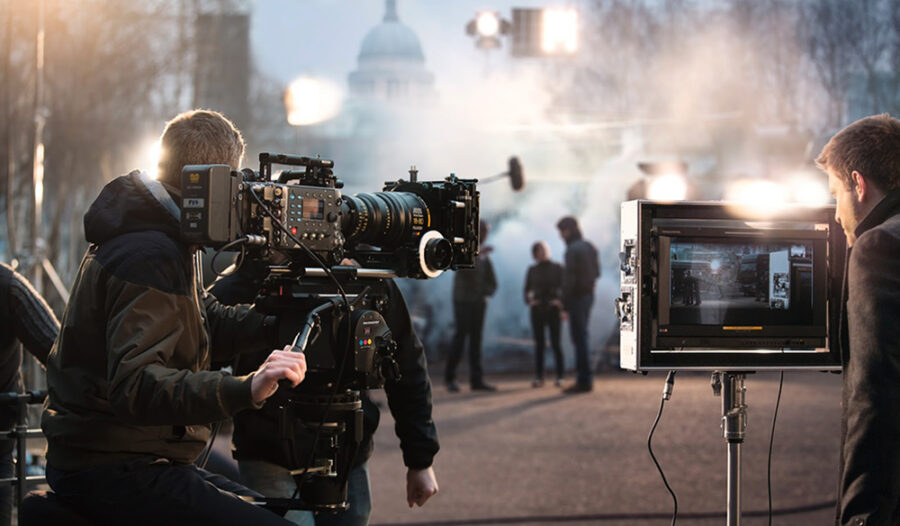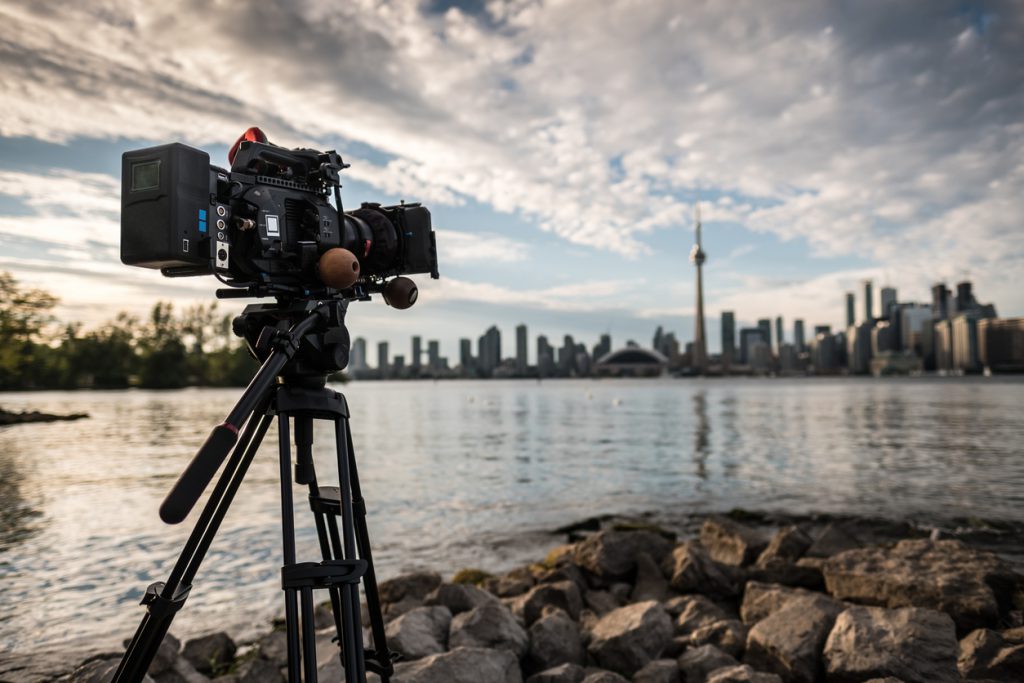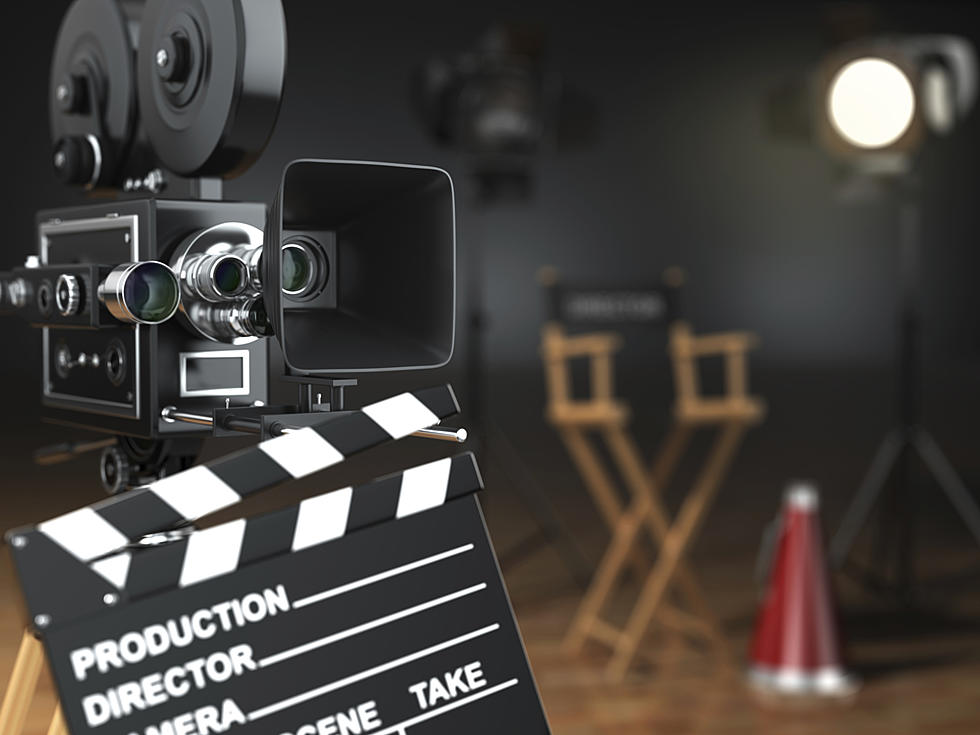
4 Factors to Consider When Planning a Location Shoot for Your Film Business
If you’re making a film, whether it’s a student-budget horror film, a niche documentary, or an expensive sci-fi extravaganza, you need the right setting. In some cases, you might be able to make do with a green screen or an indoor set. In others, there’s no substitute for going on location.
Location shoots can present a range of challenges, some of them considerable. But in many instances, the results can be more than worthwhile.

Getting Everyone There
You’ll want to pick a location that’s within reach of all the personnel that need to get there. This means actors, camera operators, focus pullers, catering staff, and just about everyone else that’s required to make the shoot happen. In addition, you’ll need to think about the needs of every particular department and address legal concerns surrounding immigration. You might consider consulting a solicitor before you get started, especially if the shoot’s budget covers it. Communicating the procedures you expect everyone to abide by might mean getting posters and banners printed that explain everything in detail.

Catering
We’ve already touched on the importance of catering staff – but they can’t be neglected. You don’t want to allow dozens, or even hundreds, of people to wander around in search of food for an hour – this is going to put unacceptable pressure on local fast-food businesses and make it nearly impossible that everyone will be back in position and ready to work at the end of the break. Failing to invest in appropriate catering, therefore, will cost you money in the long-run. Think about supplying a range of options, considering allergies and other dietary requirements.

Call Sheets
Getting arrival times printed out and distributed will minimise the chance of a miscommunication. This is possible through digital means, which tend to be more environmentally-friendly, especially on larger shoots. Physical call-sheets tend to be abided by more stringently, however, and so they’re worth considering, still. It might make the difference between everyone arriving on-time, and a level of unacceptable delay clogging up the schedule and preventing the shoot from finishing on time.

Risk Management
Shooting in unfamiliar, and possibly foreign, territory can present a series of hazards, many of which might surprise you. If you’re shooting on a cliffside, then you’ll need to make sure that everything is stable and that no-one is being unduly put at risk. When you have many people on set, the amount of risk multiplies considerably. The only responsible thing is to perform a risk assessment before you get started. This will apprise you of any hazards you might not have considered and allow you to take action to guard your crew.



